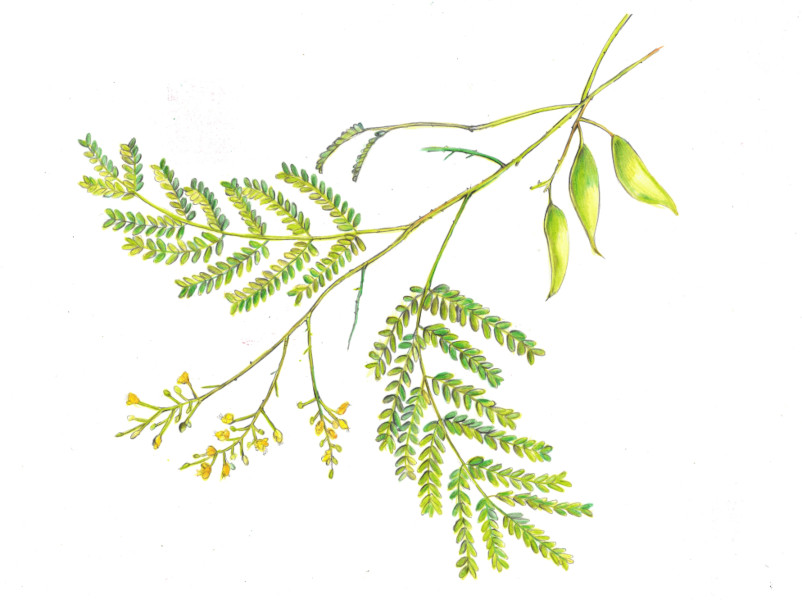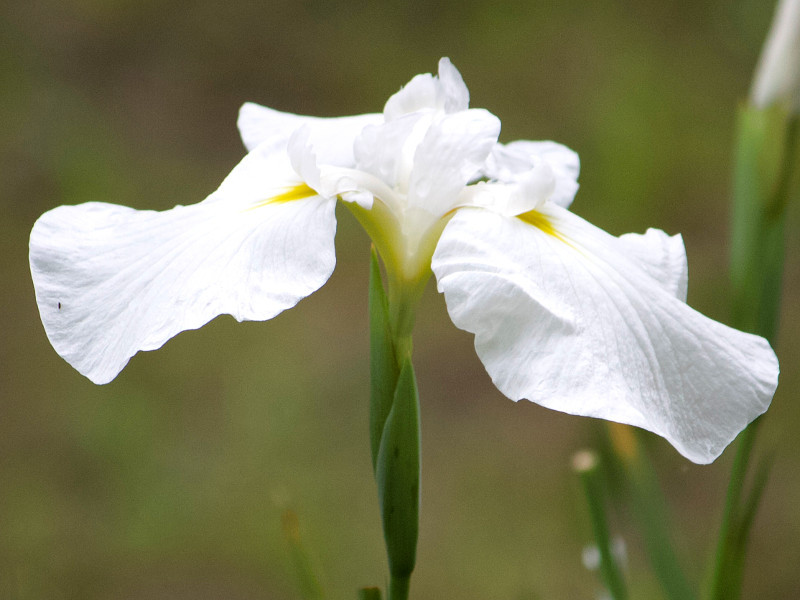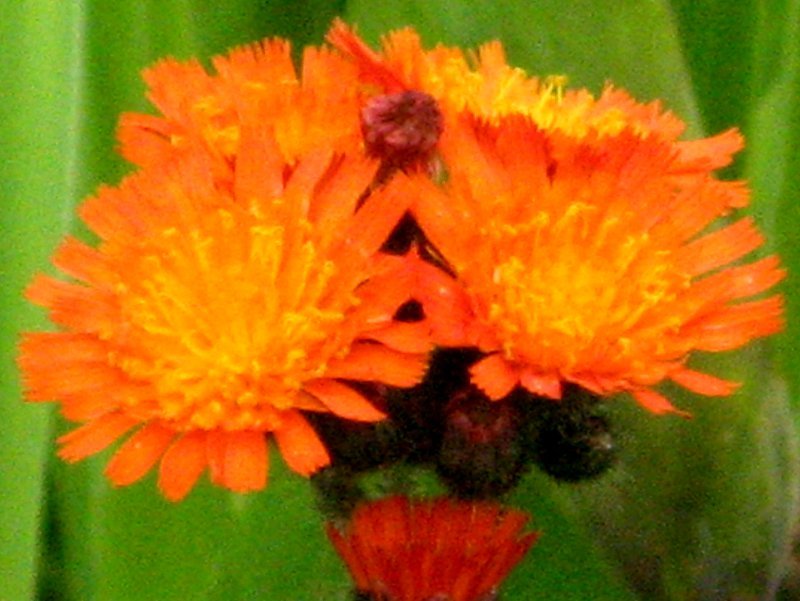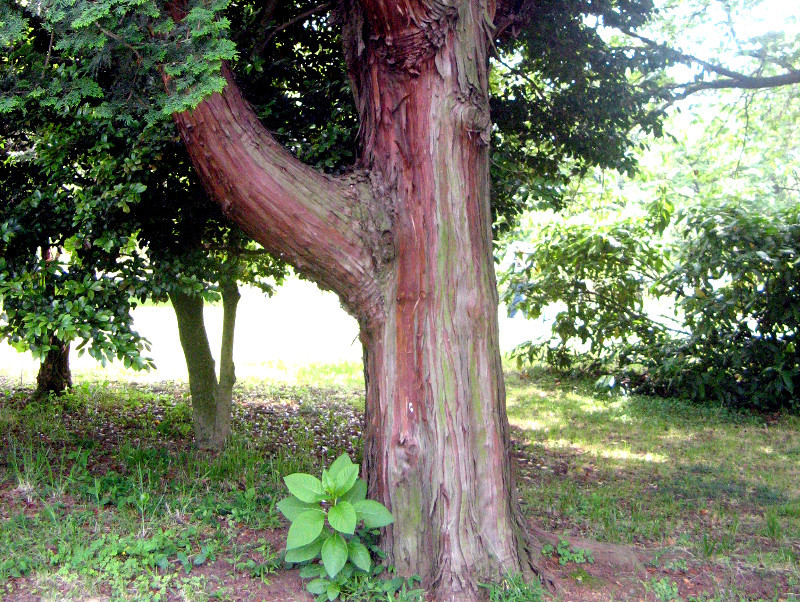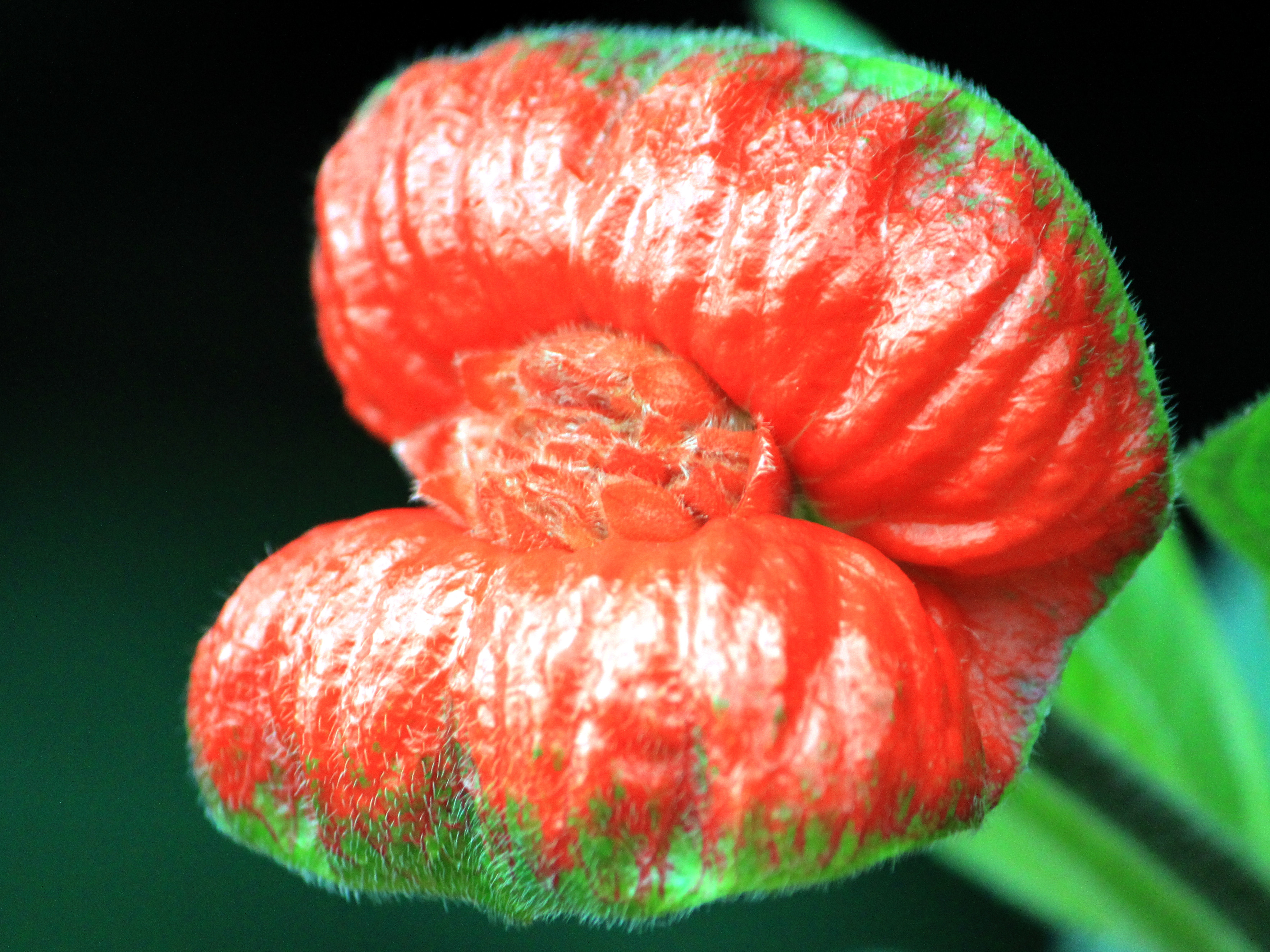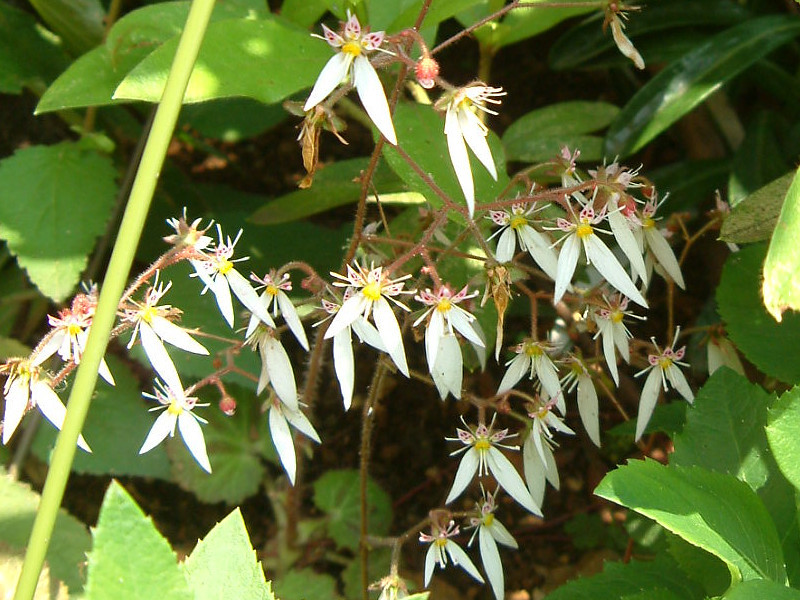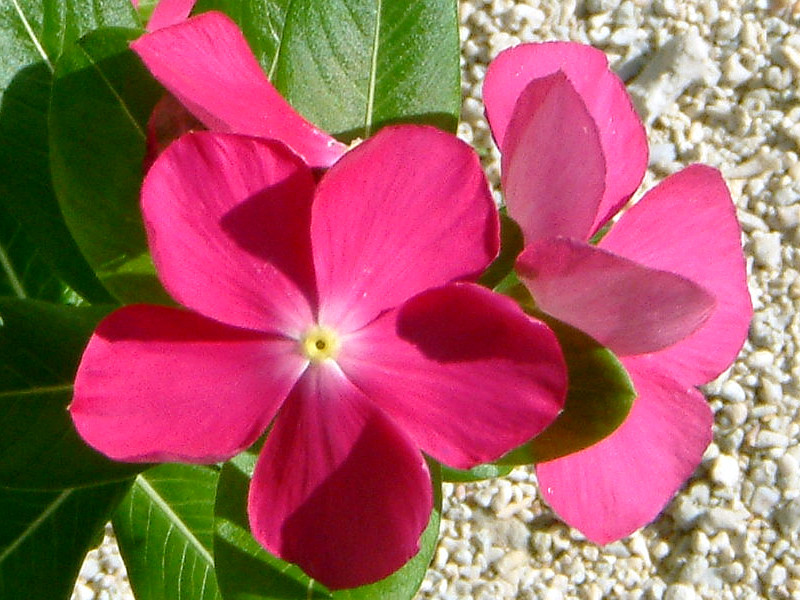Biancaea sappan
- Flower nameBiancaea sappan
- Scientific nameBiancaea sappan
- Alias蘇芳, sappanwood, Indian redwood, Caesalpinia sappan, 蘇木, すおうのき, スオウノキ
- Place of origin India and the Malay
- Place of floweringLow mountains
- Flowering seasonJune, July, August, September
What is Biancaea sappan
Biancaea sappan or sappanwood,Indian redwood, or suoh (scientific name: Biancaea sappan, synonym: Caesalpinia sappan) is a small tree native to Archipelago, belonging to the family Fabaceae and the genus Biancaceae. In English, it is called sappanwood or sapanwood. It was introduced to Japan from China in the Asuka period (710-794) and was favored by aristocrats as a valuable dye during the Heian period (794-1185). The tree is 5 to 10 meters tall and has small thorns on its trunk and branches.
It has thick, glossy, twice pinnate compound leaves with oblong lobes. 5-petaled yellow flowers bloom in conical inflorescences from June to September. After the flowers, pod-shaped fruits are borne, which turn red when ripe. The core wood and twigs are used to dye fabrics and produce red paint and ink, either fresh or dried to make a reddish suho dye (reddish purple). The wood is also used to make bows for stringed instruments and in the Chinese herb "soboku," which is used to stop bleeding, relieve pain, and as a menstrual agent.
A closely related species is Brazilwood (Caesalpinia echinata).
Another closely related species is Brazil wood (scientific name: Caesalpinia echinata), native to eastern Brazil, which is also used for dyeing.
Relationship between Cercis chinensis and Biancaea sappan
Cercis chinensis (scientific name: Cercis chinensis) is a tree belonging to the Fabaceae family and is named for its "suou-colored flowers.
Common name: sappanwood , scientific name: Biancaea sappan, synonym: Caesalpinia sappan, height: 5-6 m Trunk and branches: small thorns; leaves: thick and glossy; leaf length: 30-45 cm; leaf shape: twice pinnate compound leaf; lobes: oblong; inflorescence: opposite; flowering season: June to September; inflorescence: conical; flower color: yellow; number of petals: 5; fruit shape: sheath-like; fruit color: red; uses: core wood (dried and fresh) and twigs are used to make a reddish suho dye ( reddish purple), material for bows of stringed instruments, Chinese herb "Soboku" - hemostatic, analgesic, and menstrual agent.
